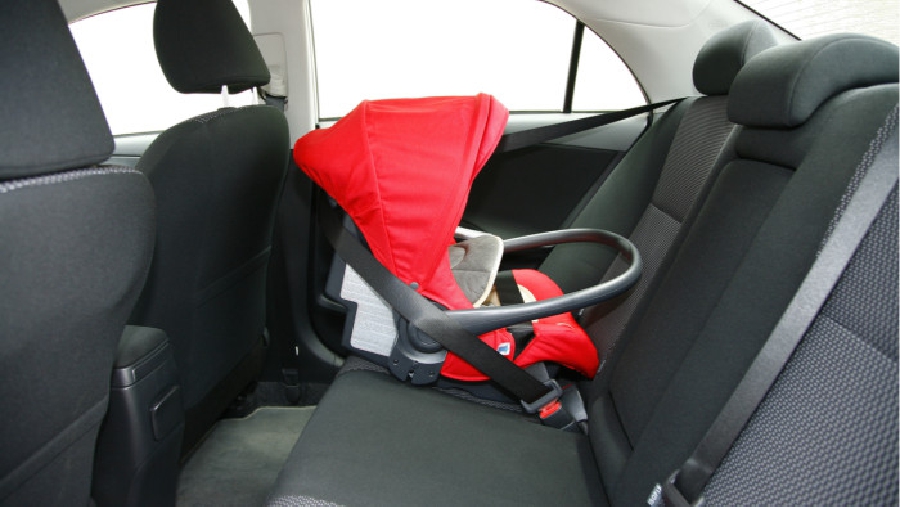- Study Says Most Parents Don’t Use Car Seats In Ride Share Vehicles Like Uber
- This 12-Year-Old Boy Is A Sophomore Aerospace Engineering Major!
- Fire Safety Experts Warn Of Hand Sanitizer Danger After A Mom and Kids Escape House Fire
- Recall Alert: Peaches May Be The Cause Of Salmonella Outbreak, 68 People Ill
- Summer Vacation In The Days Of COVID: Tips To Stay Safe
- How To Safely Grocery Shop During The Coronavirus Pandemic
- Michigan Teen With Vape-Related Illness Undergoes Double Lung Transplant
- Teen Kicks Off Anti-Vaping Campaign From Hospital Bed
- Teenager Receives Life Sentence For Strangling Sister To Death Over A Wi-Fi Password
- Toddler Falls To Death From 11th Deck of Cruise Ship
This Mother Is All For Rear-Facing Seats After Close Call


Mae Alderman knows that the photo she’s sharing of her little boy, shows a car seat configuration that isn’t safe.
But she didn’t know that at the time it was taken 6 years ago.
Ever since her son, Greyson, wiggled out of his seat while she was driving on the highway, Alderman made it her mission to teach herself on car seat safety.
And 6 years later, she still wants to share what she learned with others.
“This is a photo of my son (now almost 7), who is 11 months old, in the wrong car seat,” Alderman writes in a post shared with Love What Maters. “He was a big, very active baby and had outgrown his infant carrier seat, so I did what I thought came next. I had no idea that rear-facing was even possible at that size and I had no idea that there were seats between the infant carrier and the booster.”
Photo: Mae Alderman
Alderman unknowingly skipped the convertible car seat stage completely, putting her 11-month-old in a booster.
It wasn’t until Greyson escaped from his seat while she was driving on the highway—that she realized he was definitely not in the right car seat.
“One day, we were driving down I-440 here in Nashville when I felt a tug on my arm. Greyson had wiggled out of his car seat and was standing up in the back of the car while I was flying down the interstate at about 65 mph,” she noted. “I pulled over, placed him back in his seat, and immediately went home to research car seat safety. Later that day, I purchased an appropriate five-point-harness seat that could be rear-faced and didn’t turn him back around for another year or so. Thank God that we had never wrecked before that day. My son might not have been alive. That car seat would have never protected him in an accident.”
Alderman’s biggest takeaway from that incident: Forward-facing is not a milestone to be racing towards.
According to the American Academy of Pediatrics, children should remain rear-facing as long as possible—until they outgrow the height and weight restrictions of the specific car seat. This will likely be after 2 years old. In fact, some states even enforce this.
While standard infant car seats—the ones you probably associate with rear-facing—can’t accommodate this, convertible car seats can, and they can be used from birth.
Studies have shown that rear-facing car seats better protect baby’s head, neck and spine in the event of an accident.
Alderman wants you to know that it’s okay if you didn’t know this.
“If this photo made you realize your baby is in the wrong seat, don’t feel bad. I didn’t know any different, and I did what I thought was right with the information I had,” she says. “Now that you have the information, you have the power to make your kid safer.”





0 comments